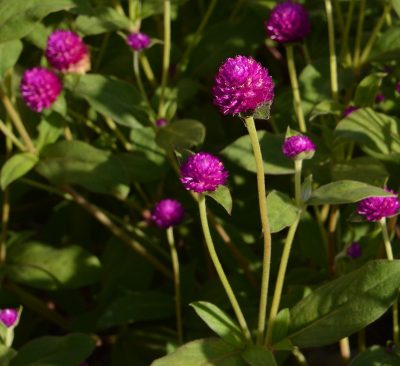Orange tree in container doesn’t fruit or flower.
Thanks to Regina DosReis for this great question about an orange tree that she started from seeds that a friend gave her.
Once it grew, she planted the seedling in a clay pot on the northeast side of her house and it’s now about three years old. But it’s never flowered to produce oranges. Regina also notes that a neighbor’s tree shades her orange most of the time.
What can she do to get her orange tree to flower?
We reached out to AgriLife Extension fruit specialist Monte Nesbitt for some insight, and he confirmed our suspicions that the leggy growth is partially due to the lack of sunlight, but also notes that seedling trees, as opposed to grafted ones, just naturally have a leggy growth habit.
Another issue that Monte points out with the genetics of seedling citrus trees is juvenility, which is the inability of trees to flower and produce fruit before a certain age. For citrus, that can be anywhere from five to eight years, which is one reason that we graft trees: buds from more mature trees, of flowering age, may be grafted onto younger rootstock, and the tree will flower and produce fruit immediately.
The container is also an issue. It’s simply too small for the tree and is inhibiting root growth, which in turn will inhibit overall growth, which Monte says will also increase the time to maturity, thus delaying fruit production even longer.
He suggests planting the tree in the ground and fertilizing regularly, making sure that the tree will receive a full day of sun in its new location. Also, be sure to plant in the warmest spot of the yard, where the tree can be protected from hard freezes.
You could also transplant it to a much larger container.
Find out more from A&M about growing citrus, fruits and nuts.

